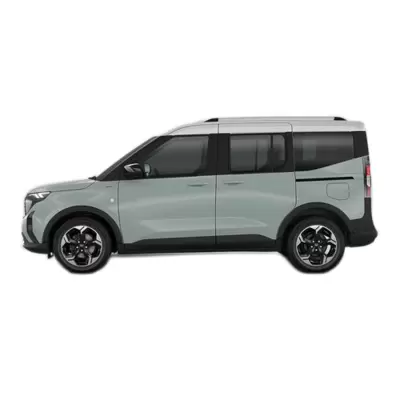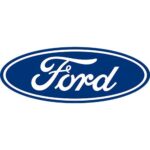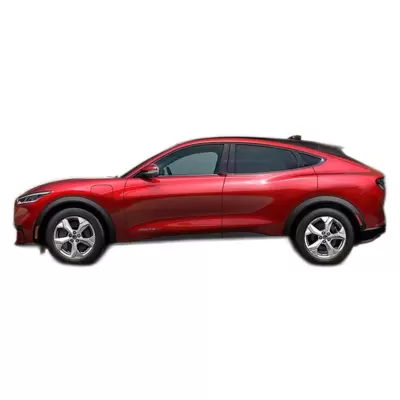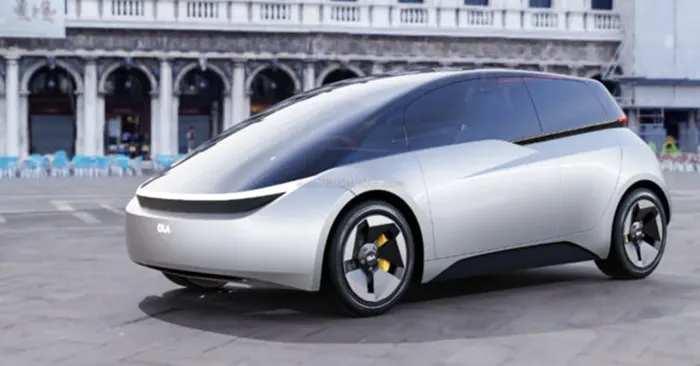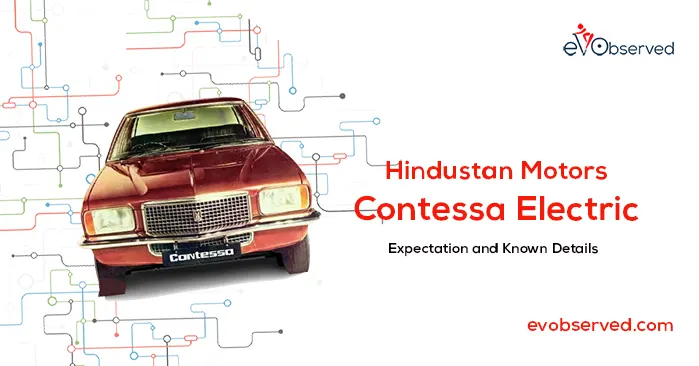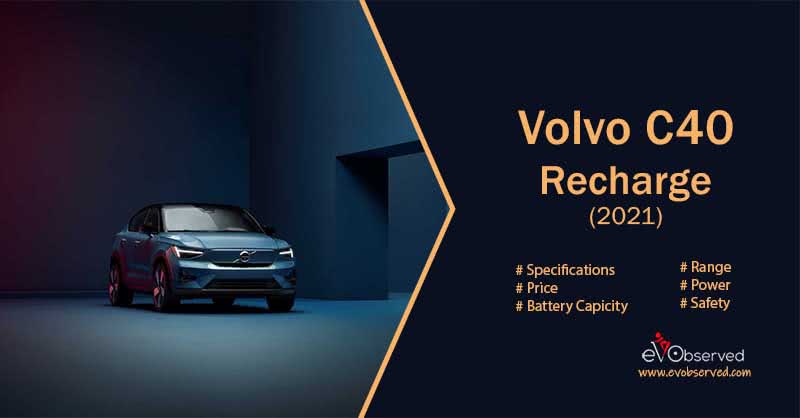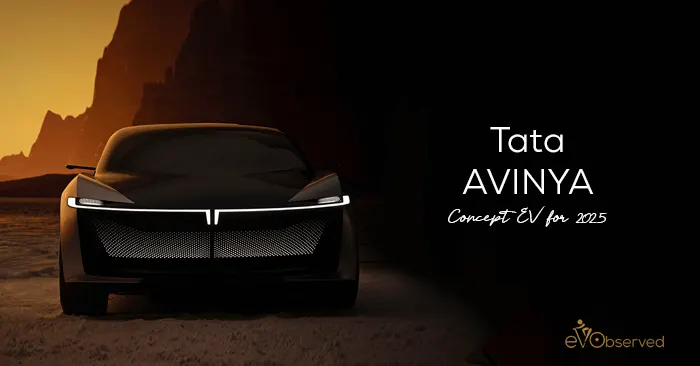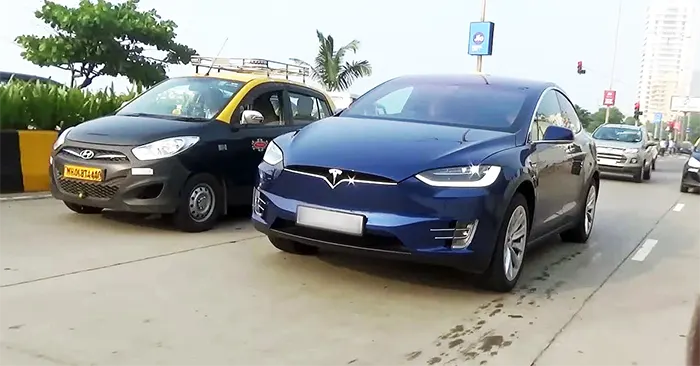It’s been more than a decade since Ford has been in the vehicle market. From the introduction of the Model T, which was the most selling vehicle of the early days, the company has come a long way to the point of entering into the Battery operated Electric vehicle market.
The first All-electric vehicle built by Ford in 1998 was the Ranger EV, which was a pickup truck. It was a compact truck driven by a 90hp, Three-Phase AC motor which was driven by an on-board battery of 60 Ah for the Lead-Acid Variant and 95 Ah for the NiMH (Nickel Metal Hydride Variant) battery variant. They charged both the variants with the SAE J1772 charging connectors. Since it was the first vehicle and there were few advancements made in the field of Electric Vehicles, so it was not a big hit, due to which the company discontinued this model in 2002.
Ford Focus
Later on, the company continued the work with IC Engine-operated vehicles, but since Tesla had introduced Roadster to the customers so the trend of Electric Vehicles was on the surge. Keeping this trend in mind, in 2009 Ford presented the concept of their Second All-Electric Car named Focus at the Frankfurt Motor Show.
In 2011 pre-production model was presented at Consumer Electronics Show, while the deliveries for the vehicle started at the end of 2011. It was built on Ford’s global C-car platform and shared the body of the Third Generation Ford Focus. Powered by a 23kWh (75 mAh) Lithium-ion battery, a 107 kW electric motor drove the Ford Focus EV. In the later models of 2017, they increased the battery capacity to 33.5 kWh, which increased the overall efficiency of the vehicle.
Also Read: How EV Charging Stations Work | History of Electric Vehicles
As the early models were able to deliver a run of 76 miles on a single charge, but with the increase in the battery capacity of the vehicle, the vehicle could deliver a total of 115 miles on a single charge. Being the Second EV of Ford, the vehicle brought glory to the company by getting awarded as the Green Car Vision Award at the Washington Auto Show in 2011. Ford built the Focus EV for a long time, but right now it has been discontinued.
Mustang Mach-E
After that, Ford selected its most-liked vehicle named Mustang and converted it into an electric SUV named Mustang Mach-E(inspired by the Mach 1 variant of the First Generation Mustang). Introduced in 2019 as a concept, the vehicle went on sale in December 2020 as a 2021 model. The new Ford Mustang Mach-E is built on the Global Electrified 1 (GE1) platform and is available in two batteries (68 kWh and 88 kWh) and three power output variants(260 hp, 290 hp, and 346 hp).
Also Check: Upcoming EVs | Tata EVision EV | Everything About EV Charging
Ford Escape
The basic variant of the vehicle can deliver an acceleration of 0-60 mph in 6.1 seconds. Available in two main versions named Standard and Extended range, the vehicle has different subcategories which offer a total of 5 variants with different ranges. Apart from these, Ford has also been working with different Plug-in hybrid vehicles. Ford Escape was the first Hybrid vehicle offered by ford in 2005.
Also Read: EV Dictionary | History of Electric Vehicles
Later on, Ford introduced the third generation of Kuga, which was a Hybrid vehicle. Ford has launched the Hybrid variants of different models named Fusion, Escape, Explorer, while some of the Plug-in Hybrid variants are expected to be launched in 2021. Ford has been manufacturing most of the vehicles in the Mexico and United States. In February 2021, the company announced that from now onwards vehicles would be produced in China.
Ford being one of the best and oldest Manufacturers of Gasoline run vehicles is expected to launch many electric variants of its famous vehicle in the upcoming years.
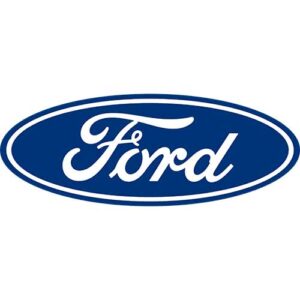
Ford Company Profile
| Founded in: | 1903 |
| Owner Company: | Ford |
| Main Headquarter: | United States |
| Area Served: | Worldwide |
| Manufacturer of: | Four Wheelers |
| Communication: | Official Website |

